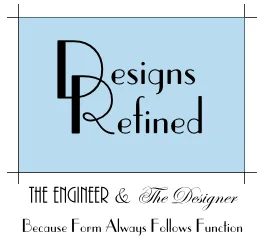As George Carlin once said, we all need a place for our stuff. I could not agree more with that statement, but it is how we store that stuff that makes a difference in everyday life.
For some it is important to have everything out in the open and within easy reach, while others prefer clean lines and uncomplicated views. Both attitudes are equally “in fashion”, so to speak; it is just a matter of choice.
Today, kitchens are more open, and cooks want guests to be more a part of the experience, in contrast to the way kitchens were viewed several decades ago. Now, cooking is an event to be shared. You will see more and more kitchens with an industrial or professional look to them, with open shelving for easy access to oils, vinegars and spices. If you think about it, the more open kitchen concept is a bit of a throwback to your grandmother’s day when the cook had pots and pans either on open shelves or hanging from racks above the stove or chopping block. There may have been a large pantry with open shelves on which stood bins and baskets for storing root vegetables.
Where there is no pantry, kitchens are sporting industrial shelving for canned and dry goods along with some frequently used small appliances. Country or modern, open and exposed is becoming fashionable again. For existing kitchens, I am seeing cabinet doors being removed all together to allow showcasing vintage dinner or glassware. The insides of the cabinets often are painted and lighting is added to enhance the display.
Home offices and family rooms will benefit from a little discretion in the open- storage concept. While it is important to have storage, it is not always important to view the stored items all the time. I always encourage clients, when looking for furniture to add to their homes, to consider if the piece can also be used for storage; for instance, foot stools can store blankets and throws, or even toys. Bookcases can hold baskets and bins for items that need to be in the room-- like board games and cards, but not necessarily seen.
In the home office, a combination of open and closed storage seems to work best. Certainly there are things that need to be within easy reach, but bulky items like printers will fit in credenzas, along with paper and ink supplies. Having a clear work surface is the key to staying organized.




